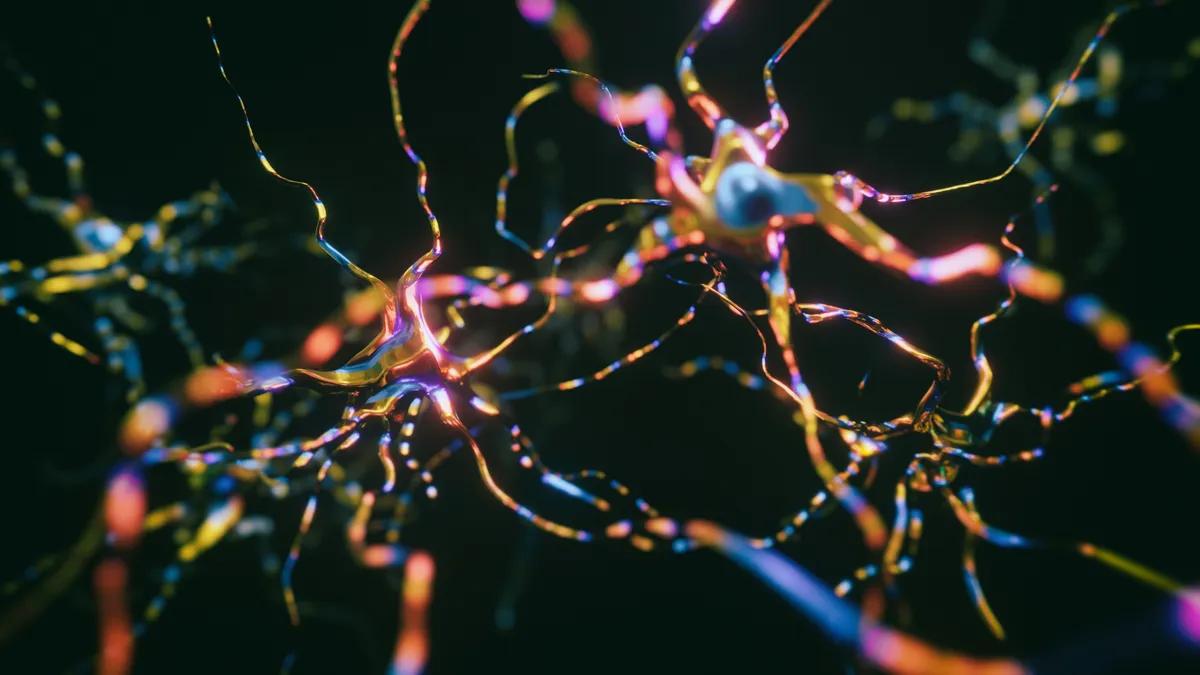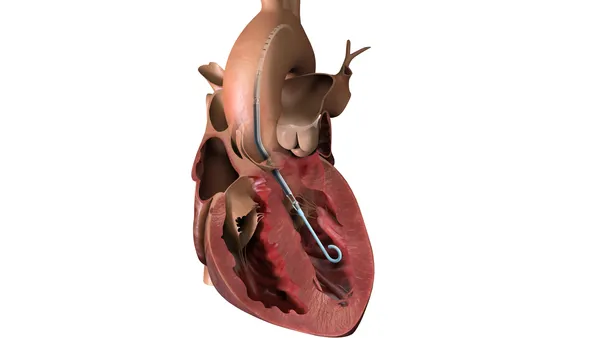Dive Brief:
- Researchers have built sensors using liquid crystal and integrated optics technologies to measure neural activity with light.
- The scientists, writing in the Journal of Neural Engineering, explain how the electrodes and wires currently used to sense and send bioelectric signals constrain bandwidth and cause other issues.
- Using light rather than electricity to measure and transmit signals could address these limitations and enable “ultra-miniature clinical diagnostic and research laboratory neural and cardiac interfaces.”
Dive Insight:
François Ladouceur, a professor at the University of New South Wales and co-author of the paper, set out the limitations of conventional electrophysiology technologies in a statement. The problems arise when trying to shrink electrodes to achieve the densities seen in biological tissues.
“One of the problems as you shrink thousands of electrodes and put them ever closer together to connect to the biological tissues is that their individual resistance increases, which degrades the signal-to-noise ratio so we have a problem reading the signal. We call this 'impedance mismatch.' Another problem is what we call 'crosstalk' — when you shrink these electrodes and bring them closer together, they start to talk to, or affect each other because of their proximity,” Ladouceur said.
The researchers theorized that using light to detect and send signals would stop impedance mismatch and minimize crosstalk. The new paper provides early validation of the theory by describing the creation of a light-based technology, dubbed optrode, and its connection to the sciatic nerve of an anesthetized animal.
After connecting the optrode, the researchers stimulated the nerve with a small current and used the device to record the neural signals. The nerve responses recorded by the optrode were “essentially the same” as those captured by a conventional electrode and a bioamplifier. While there is still more noise in the optical signal, the researchers think they can improve the quality of the new technology.
“We don't have these problems in the optical domain. In our devices, if there is neural activity, its presence influences the orientation of the liquid crystal which we can detect and quantify by shining light on it. It means we don't extract current from the biological tissues as the wire electrodes do. And so the biosensing can be done much more efficiently.”
Ladouceur told the university’s news service that the optical interface would eventually allow the reading of tens of thousands of signals from nerves, which is a key goal of brain-machine interfaces that could be used to control prosthetic devices and other machines.
He added that he plans to soon publish research that shows the optrode technology is bidirectional – meaning it can and write neural signals.












